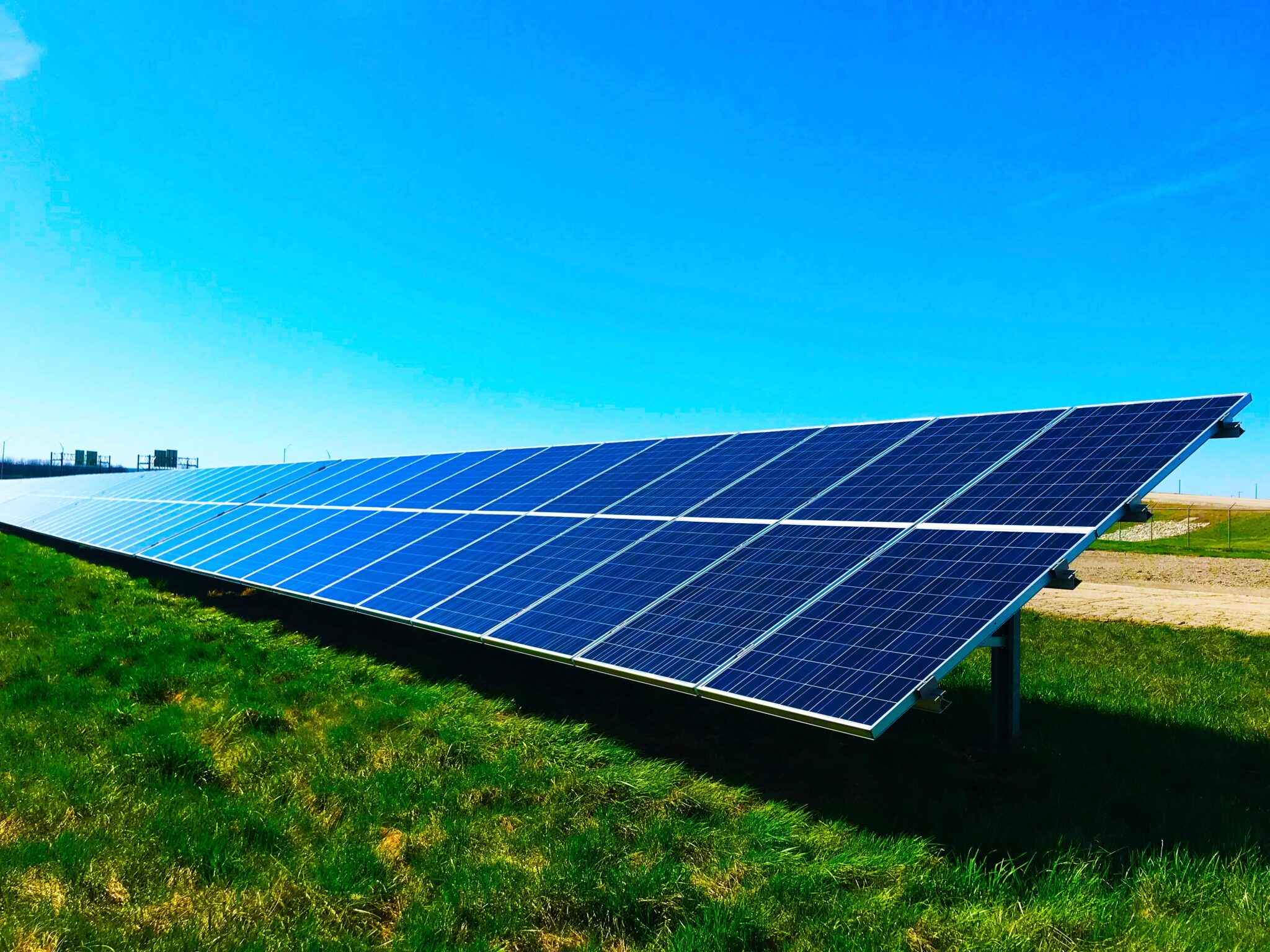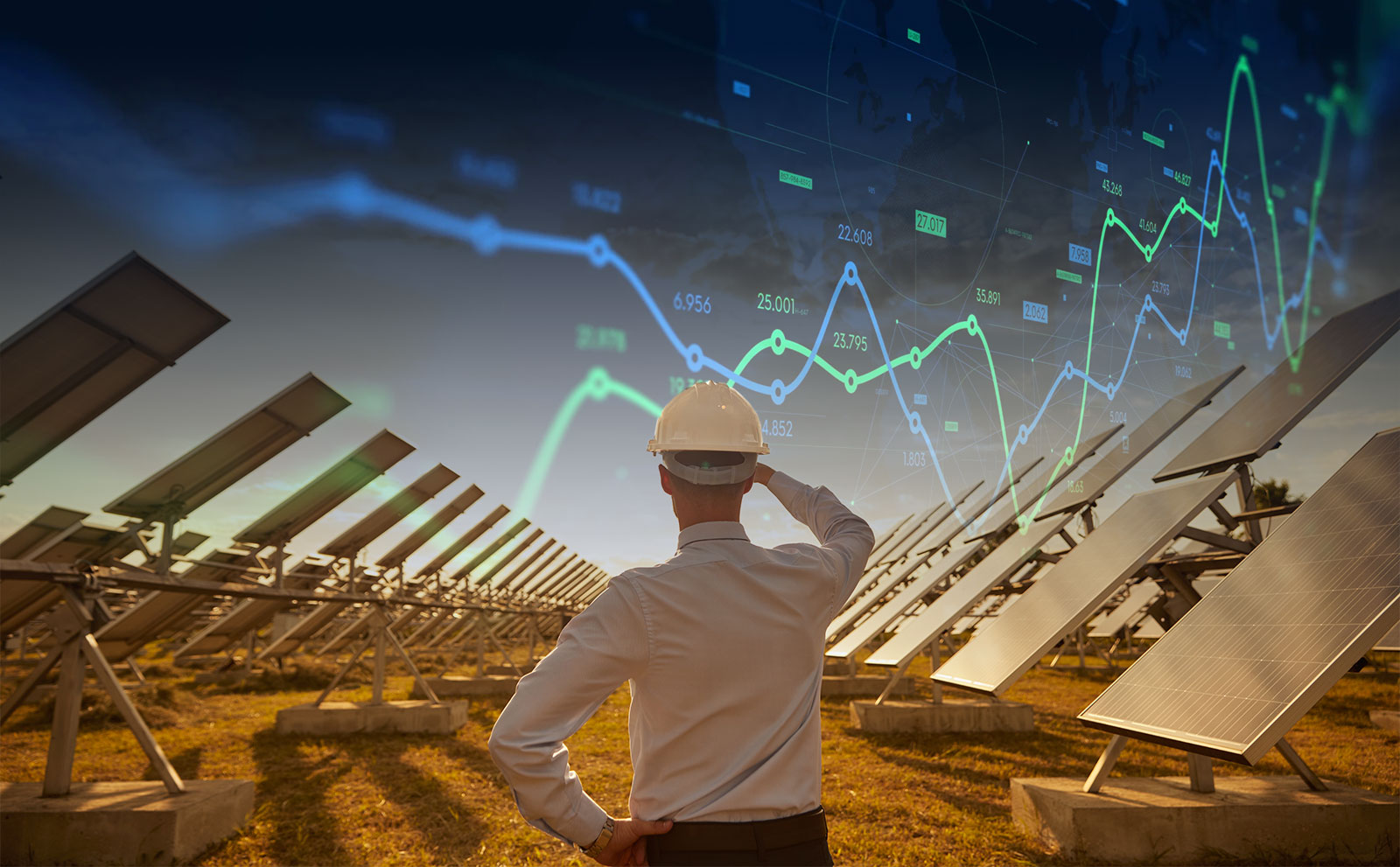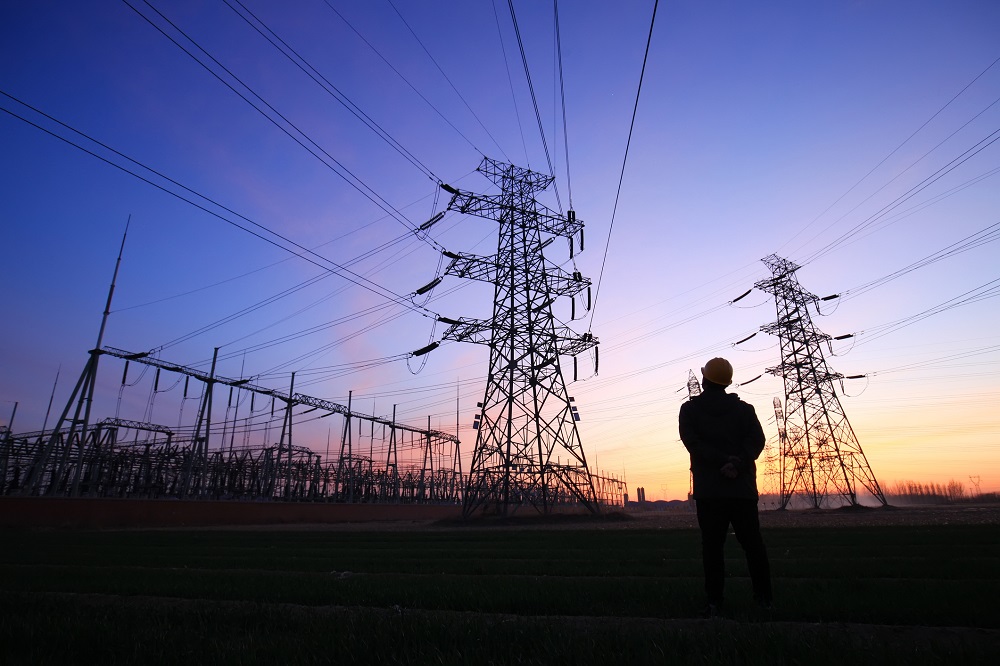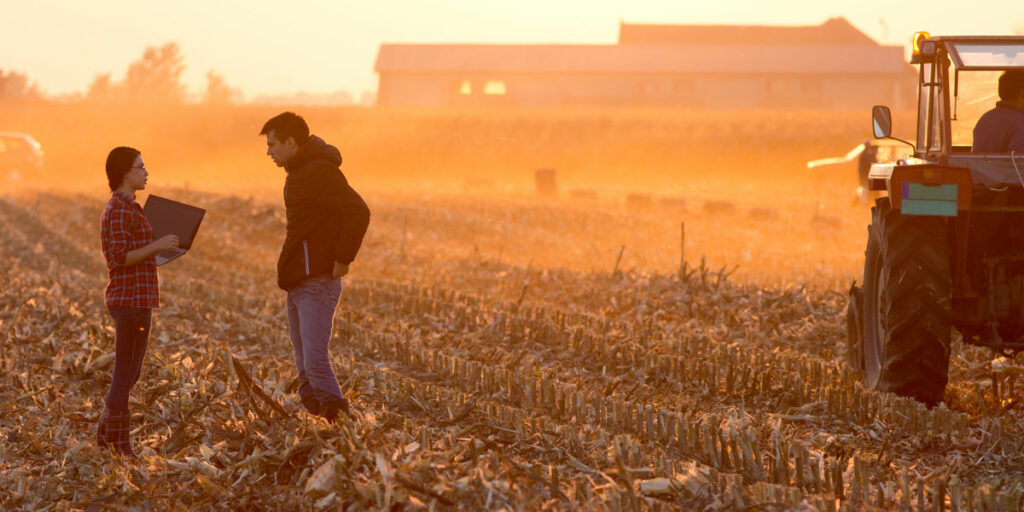So, you’re a landowner. And one day, out of the blue, you get a call from a company telling you they’re interested in leasing or purchasing your land to develop a solar facility. The rate seems pretty attractive, but does the whole idea seem a bit too good to be true?
As our team at Scout Land Consultants has overseen the execution of over 1,400 leases across 38 states, we can tell you there are some important questions that aren’t being asked. So, we’ve compiled a list of the top five questions landowners should be asking before leasing or selling their property for a solar project:
1. Is that really the actual dollar amount I’ll receive?
The eye-catching number is usually the above-market lease rate. In some areas, developers are paying more than $1,000 per acre per year for farmland that you may have been leasing for $250 per year. However, due diligence periods can last two to three years with very little money at risk. Some developers will offer nothing, with the justification that the utility applications are expensive and they want to focus their investment on project development.
It’s true that it takes a while to achieve an interconnection agreement with the utility and there are significant costs involved, BUT it’s certainly fair that a landowner should receive some option money for the time. If nothing else, $1,000 to $2,000 per year is enough to ensure the developer is taking your project seriously. Remember, money talks, so ask for some of it up front.
2. Is the developer reputable?
What many landowners don’t know is that there are numerous small companies, with little money and resources, who will sign a lease option, then immediately sell the project to a bigger developer. While this isn’t always a bad thing – because the little guys have great personalities and like to hustle – you’re introducing a middleman who will be taking a big bite out of the profits and doesn’t have all the information.
So, make sure to look for companies who are designed to develop AND HOLD these projects long term. The best way to check on this is to ask how many projects they’ve constructed and how many they currently own! Also, check on the assignment language in the lease, and make sure that the developer can’t just flip the contract to anyone they choose. If you press them on it, legitimate developers will agree to some limitations or remove the clause altogether.
3. Should I lease or sell? Or both?
Our team has heard countless landowners say they have more interest in selling their properties rather than entering a long-term lease. Developers are happy to accommodate, assuming you will accept a low option premium and give them time to complete their interconnection and permitting before closing. However, what landowners don’t think about is that if you enter a long-term lease AND the project gets developed, then you can sell your property with the project on it as an investment property with a long-term revenue stream backed by a utility company.
For example, let’s say your property is worth $5,000 per acre for farming, and the developer wants to pay you $10,000 per acre for a purchase option. You may be able to get $15-$20,000 per acre if you go the lease route, then later sell the property to an investor.
4. Should I wait?
If you’ve ever seen the movie, “There Will Be Blood,” you’ll remember the scene at the end where Daniel Day Lewis is explaining to a man – who thought his property was valuable for oil deposits – that it is worthless due to drilling on surrounding properties that extracted all the oil from under his land. Solar projects are not much different than the man’s situation in that the power needs to run through a substation, and substations can only handle so much power.
So, if you have a neighbor up the street who leases their land and an application is filed ahead of you, then they may take up all the power on the property, rendering your land useless for solar. Of course, you need to do your due diligence, but these offers have a timeframe.
5. Should I shop around?
When the solar craze hits your area, it may seem like the gold rush and you’re sitting on the mine. You may be tempted to shop around for the highest lease rate, but beware! The solar power purchase agreements issued by the utilities are often awarded by a competitive bid. If the land lease rate is too high, then the project cost increases. This will then require the Power Purchase Agreement (PPA) rate to be higher and bump the project out of contention.
Legitimate developers will recognize this and limit the rate they’ll pay. But often, it’s the smaller developers who will pay whatever it takes to tie the project up, only to have it sit on the sidelines when the awards are announced. The best way to get around this is to do your research on the developer. And just like with any company, a successful track record is usually the best indicator.



As a landowner, it can be difficult to navigate and decipher a developer’s intention and reputation. This difficulty is only exemplified as the solar market continues to heat up and landowners are receiving multiple pieces of outreach from multiple sources. That’s where Scout Land Consultants comes in.
Our team is dedicated to identifying sites for solar projects and helping secure land agreements with the country’s top solar developers. We act as an intermediary between developers and landowners to the benefit of, not only the parties involved, but also the community and environment as well. If you’re a landowner interested in having your property evaluated for solar or looking for the perfect buyer, please contact us for a complimentary site evaluation.




